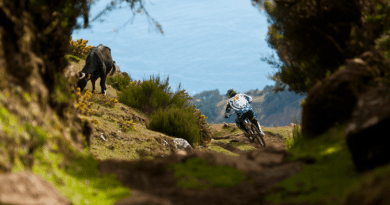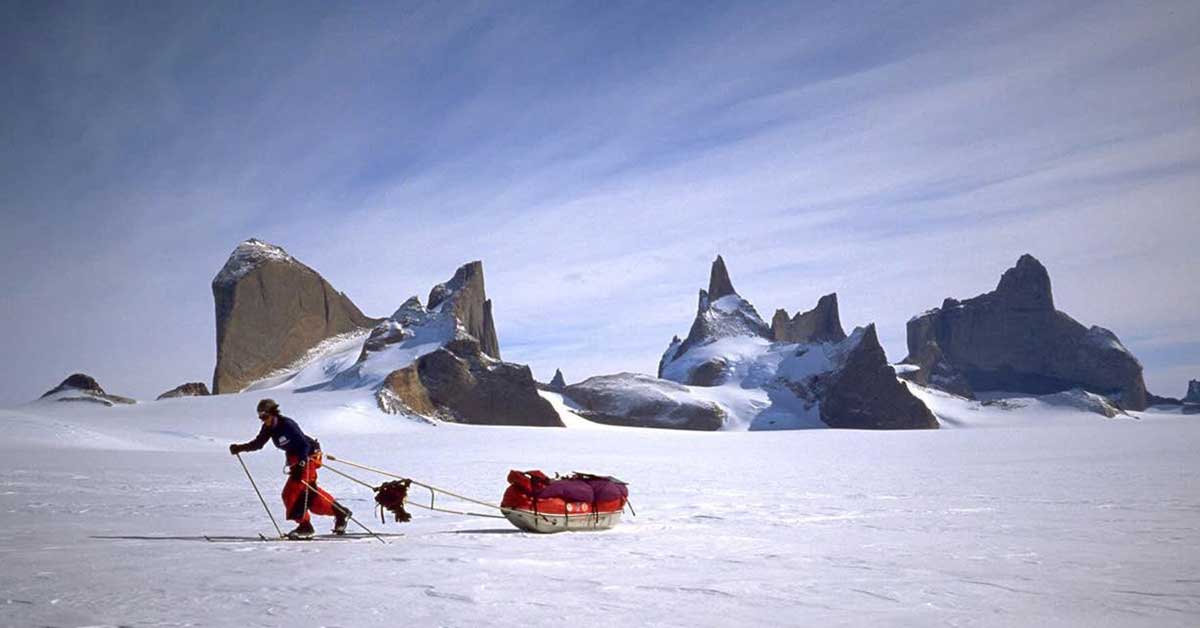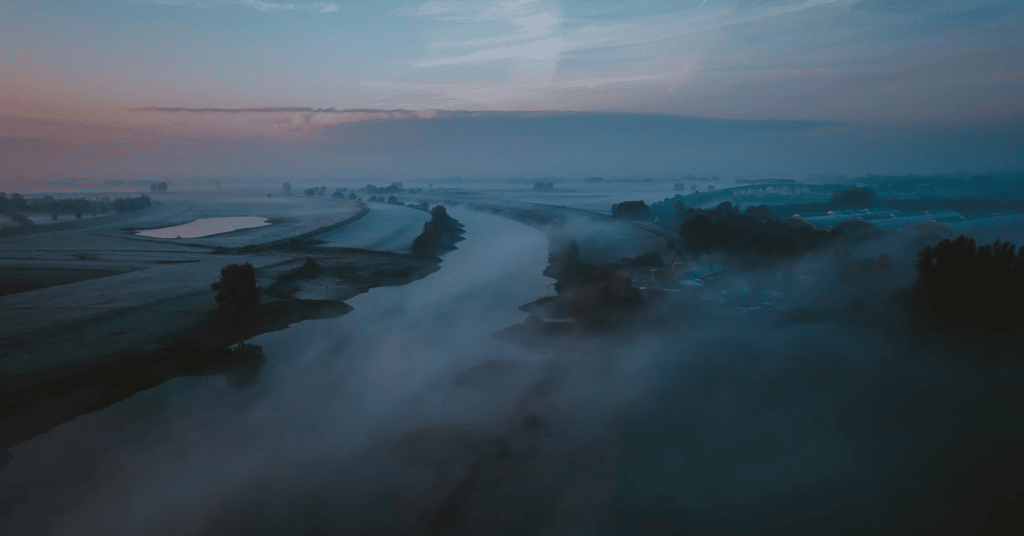
The River Rhine – A Journey Downstream
Expand your knowledge on the unforgettable River Rhine.
Rivers can unite or divide areas. The river Oder acts as a border between Germany and Poland, but the river Po creates a large floodplain in Northern Italy.
The river Rhine (Rhein, Rijn) performs both roles. Part of its course functions as a border between France and Germany, but, in the Netherlands, it wanders across a vast floodplain, splitting into distributaries, today controlled by dykes and dams to prevent extensive flooding.
How Long is the River Rhine?
Its length has been reduced over time as the Rhine became a commercial waterway and was therefore straightened with some meanders being removed. In 2010 its length was recorded as 1230kms whereas c1850 it was 90kms longer!
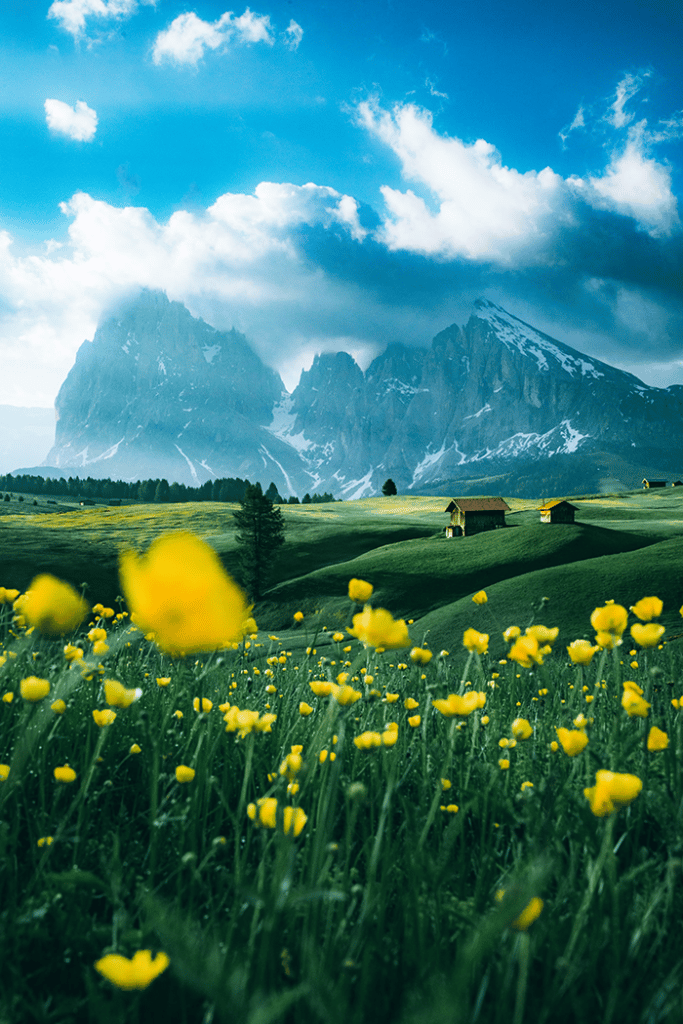
The Rhine is the 11th longest river in Europe (No 1 is the Russian Volga at 3690kms).
To the Romans the Rhine and the Danube stood as bulwarks of the Empire, delineating the edge of the civilized world.
Beyond lay the forbidding forests of the feared Germanic tribes (see “Gladiator”!). In AD9 the Roman general Varus led his 3 legions (20,000 men) east across the Rhine into the dense Teutoburgwald, but the Romans, being unable to deploy into their normal fighting formations, were “slaughtered like cattle”. The 3 eagles were lost and no-one survived.
Where is the Source of the River Rhine?
The river Rhine rises high in the centre of the Swiss Alps (2345m) fed by meltwater streams, many issuing from tarns in corries. It flows ENE along a deep glacial trough. This is the spectacular Alpine world, which has witnessed the return of the lynx, wolf and incursions of brown bears from Italy!

Ibex and chamois forage on steep slopes, golden eagles and bearded vultures soar above pine forests and dairy cattle graze in the meadows. At Chur (35,000), a route centre and Switzerland’s oldest town, the river turns north and soon becomes the western border of Liechenstein, a tiny principality (born in 1719), a tax haven, sandwiched between Switzerland and Austria.
Bodensee
Then the Rhine spills into Bodensee (Lake Constance), which is ringed by resorts, which attract sailors, windsurfers and swimmers in summer. The lake is 63kms long and impressively deep at 252m, due to glacial erosion.
A western outflow leads through medieval Stein on the way to the Rheinfall near Schauffhausen (36,000). These waterfalls, like a Nile cataract, only drop 23m but are 150m wide and are said to be Europe’s largest, in terms of discharge. The river continues to flow west until it reaches the river port of Basel (171,000), home of the tennis maestro, Roger Federer.
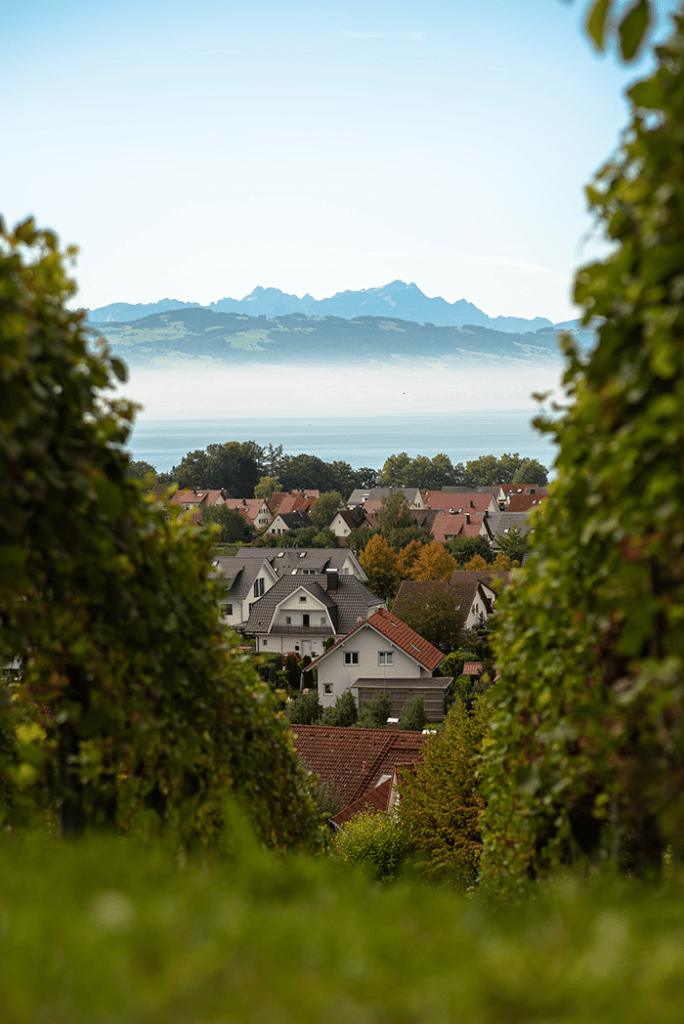
Switzerland’s third city boasts the prestigious Kunstmuseum, with paintings by Manet, Cezanne, Picasso and Dali.
Next the river passes through the dog-leg of the Rhine Knee, turning north and becoming the international border between France and Germany. It occupies the floor of the downfaulted Rhine Rift Valley, with the Vosges Mountains of Alsace (1428m) rising to the west. The steep Col du Ballon has been climbed 20 times by the riders of the Tour de France.
Eastwards lies the scenic Schwarzwald, popular with ramblers and climbers, and famous for its cuckoo clocks, schnapps and gateaux. Strasbourg (287,000), where the European Parliament (EU) sits, is found on a left bank tributary, the Ill, and can be seen 4kms away.
Mannheim
Further north a larger tributary from the east, the Neckar, swells the flow. Industrial Mannheim (309,000) known as “the city of inventions” stands at this confluence. Now the Rhine enters the historic Palatinate region, renown for its vineyards.
It was conquered in the reign of the Roman Emperor, Augustus, in 12BC and later became a core area of the Catholic Holy Roman Empire (800-1806). In 1521 the Diet of the ancient town of Worms (83,000) declared Martin Luther a heretic in an attempt to suffocate Protestantism at birth.
Mainz
50kms downstream stands Mainz (219,000), the capital of the Palatinate and a former Roman fortress, located at the confluence with the river Main, the Rhine’s longest tributary. The city has become a trade centre for the local white wines and its most famous son is Johannes Gutenberg (d1468), the inventor of the movable type printing press, which facilitated the Renaissance and the Reformation (Gutenberg Bible).
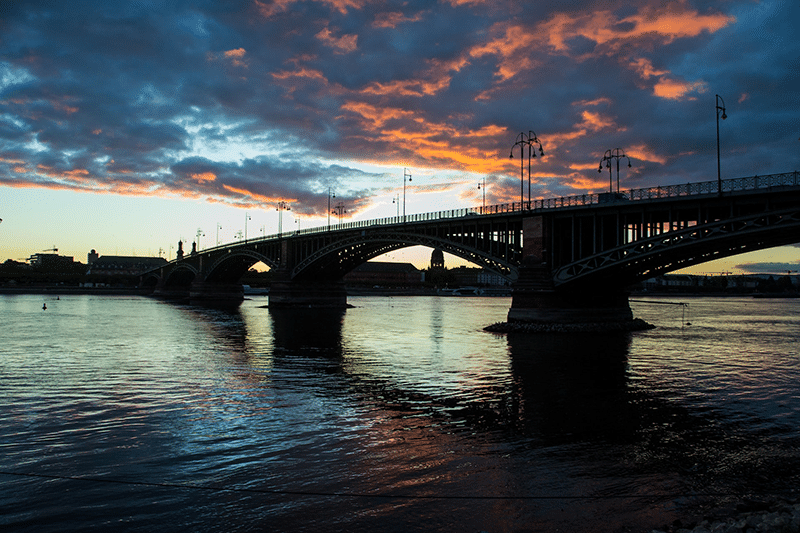
Rhine Gorge
After Mainz the Rhine swings west and, after Bingen, home of the Mouse Tower (the bishop was eaten by mice allegedly!), flows NW into the Rhine Gorge, a World Heritage site. The river cut the gorge rapidly during a recent period of uplift. From the west bank rise the forested Hunsruck (816m), littered with wind farms, whilst the Taunus (878m) (remember the Ford Taunus car?!), known for its geothermal springs, rise to the east.
The steep slopes of the 65kms long gorge are clothed in vineyards and dominated by more than 40 castles, many destroyed during the Thirty Years War (1618-1648). The dramatic Marksburg castle (1117) is one of only 2 to have escaped damage.
Pfalzgranstein Castle
Pfalzgrafenstein castle (1327), near Kaub, was built on an island in the Rhine and acted as a base for collecting tolls from river traffic. It was garrisoned by Blucher’s Prussian troops in pursuit of Napoleon in 1814.
Downstream looms the Lorelei Rock, where strong currents wrecked many boats. Legend tells of a beautiful, blonde maiden, combing her hair, who lured mariners to their deaths with her siren songs. Koblenz (114,000) began as another strategic, Roman confluence fortress, built where the Mosel enters the left bank.
Remains of a Roman bridge can still be seen. The city was heavily bombed in 1944 and in March 1945 it was the scene of frantic fighting as the Americans struggled to cross the Rhine. Downstream a rail bridge was captured intact in an action immortalized in the 1969 war film, “The Bridge at Remagen”.
Now the river flows between the volcanic Eifel and the Westerwald and enters the North Rhine Westphalia region (NRW), focussed on the Ruhr coalfield, the historic powerhouse of the German Industrial Revolution. Firstly, John Le Carre’s “Small Town in Germany” is encountered.
Bonn
In Bonn (330,000) “even the flies are official”, he said, the city being the capital of West Germany from 1949 to 1990, the year of unification. Bonn was founded in 11BC as another Roman camp along the Rhine frontier and was the birthplace one of the world’s great composers, Ludwig Beethoven (b1770).
Koln
Next comes Koln (Cologne), the largest city on the Rhine (1M+) with its imposing Gothic cathedral (founded 1248), one of the tallest (157m) in the world, and an ancient university. It can claim Germanic roots as it was established in 38BC before the arrival of the Romans.
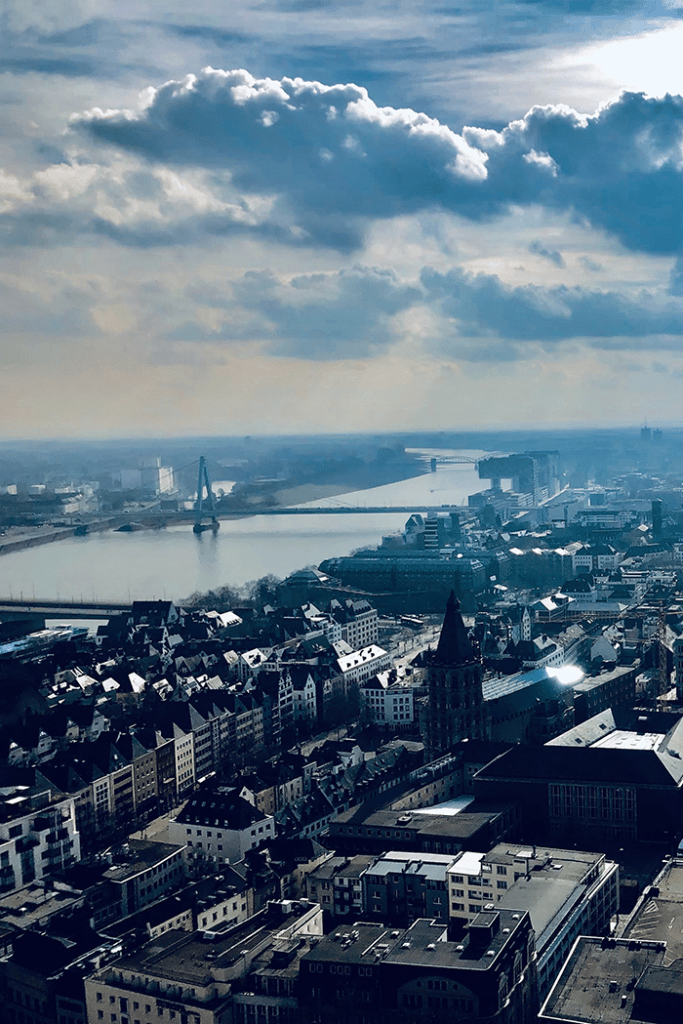
Koln was the target of the first 1000 bomber raid by the British RAF in WWII. 45kms downstream appears the industrial and cultural city of Dusseldorf (619,000), capital of NRW, known as the German centre for fashion. Influential pioneers of electronic music, Kraftwerk (f1969), are sons of the city. Soon a right bank tributary, the Ruhr, brings its polluted waters to Father Rhine.
Duisburg
Duisburg (499,000), the largest river port in the world, stands at this busy confluence and services the huge conurbation of the Ruhr (5M+), built on a major coalfield, which powered the many steelworks and other heavy industries.
The Krupp Works at Essen manufactured vast quantities of armaments for the German military machine in both World Wars. Several successful Bundesliga football clubs have emerged from the Ruhr, notably Borussia Dortmund, Schalke 04 (Gelsenkirchen) and Bochum.
Arnheim
Now the Rhine meanders across a broad, low-lying floodplain towards the Dutch border, where the Rhein becomes the Rijn and a large distributary, the Waal, splits off. The Rijn as the Lek flows NW onto Arnhem (152,000), which has experienced a chequered history, having been captured by the Burgundians, the Holy Roman Emperor (Charles V), Spain, England and France!
But its name is synonymous with its bridge. In September 1944, during operation Market Garden, British and Polish paratroopers were tasked with taking the strategic bridge in an over-ambitious plan to shorten the war.
They ran into 2 SS Panzer divisions, were surrounded, soon exhausted their ammunition and surrendered. Arnhem was completely abandoned by its population. The compelling action is depicted in the 1977 film “A Bridge Too Far”.
The Lek rolls westward alongside cycle paths, past windmills, greenhouses, fields of dairy cattle and of tulips in spring.
The floods of 1953 killed 1800 people and initiated the construction of the Delta Works, a huge defensive array of dams, which allowed widespread reclamation and the creation of polders. 25kms from the North Sea stands Rotterdam (651,000), home of Erasmus (d1536), a key figure of the Northern Renaissance, and the city is known as the “Gateway to Europe”, being the continent’s biggest port.
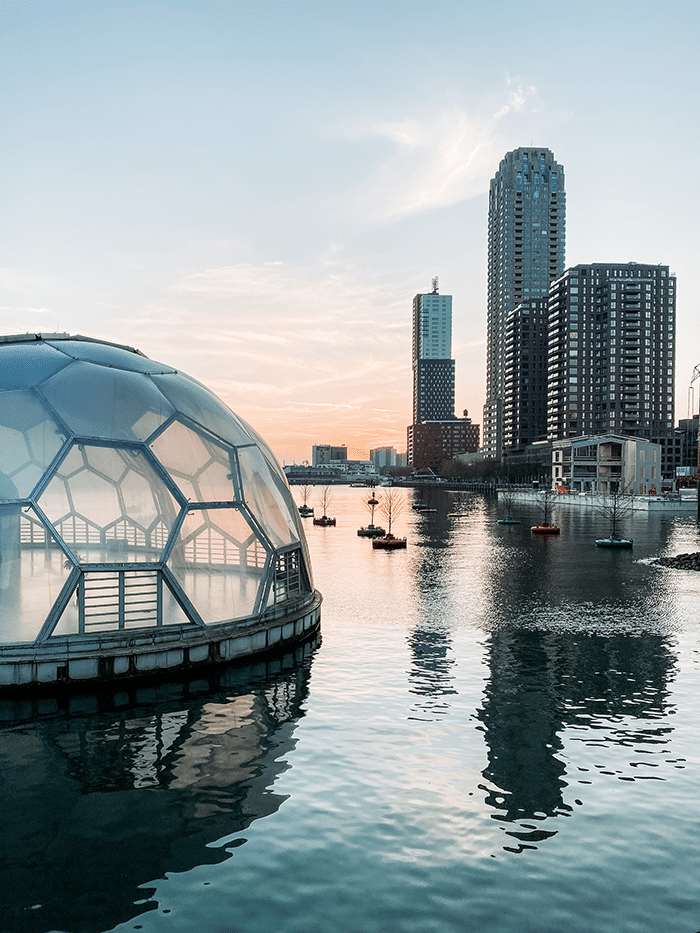
Cargoes are transhipped onto barges and sent as far as Basel, 865kms upstream. Rotterdam enjoys an historic rivalry with Amsterdam. There is a saying: “Amsterdam to party, Den Haag (The Hague, seat of government) to live, Rotterdam to work”.
The football rivalry between Feyenoord (Rotterdam) and Ajax (Amsterdam) is as fierce as found in Madrid, Manchester or Milan. Ugly oil refineries and petrochemical complexes line the river downstream to Europoort on the south bank and Hook of Holland on the north bank, where the mighty river reaches the North Sea the New Waterway.
The journey is over!
River Rhine in Detail
| Town/City | Valley | Population | Region | Distance km | Altitude m | Tributary |
| Source | Alpine | 0 | Graubunden | 0 | 2,345 | |
| Ilanz | Alpine | 2,000 | Graubunden | 50 | 699 | |
| Chur | Alpine | 35,000 | Graubunden | 75 | 592 | |
| Konstanz (Bodensee) | Alpine/High | 85,000 | Baden Wurttemberg | 215 | 405 | |
| Schauffhausen | High | 36,000 | Schauffhausen | 255 | 403 | |
| Basel | High | 171,000 | Basel Stadt | 365 | 261 | |
| Kehl (strasbourg) | Upper | 35,000 | Baden Wurttemberg | 495 | 139 | |
| Mannheim | Upper | 309,000 | Baden Wurttemberg | 625 | 97 | Neckar (Stuttgart) |
| Worms | Upper | 83,000 | Palatinate | 645 | 94 | |
| Mainz | Upper | 219,000 | Palatinate | 695 | 85 | Main (Frankfurt) |
| Bingen | Upper | 24,000 | Palatinate | 730 | 82 | |
| Koblenz | Middle | 114,000 | Palatinate | 815 | 73 | Mosel (Metz) |
| Bonn | Middle | 330,000 | NRW | 870 | 60 | Sieg |
| Koln | Lower | 1,086,000 | NRW | 905 | 42 | |
| Dusseldorf | Lower | 619,000 | NRW | 950 | 38 | |
| Duisburg | Lower | 499,000 | NRW | 990 | 31 | Ruhr (Essen/Dortmund) |
| Arnheim | Nether | 152,000 | Gelderland | 1095 | 13 | |
| Rotterdam | Nether | 651,000 | South Netherlands | 1205 | 0 | |
| Europoort | Nether | Part of Rott. | South Netherlands | 1230 | 0 |

